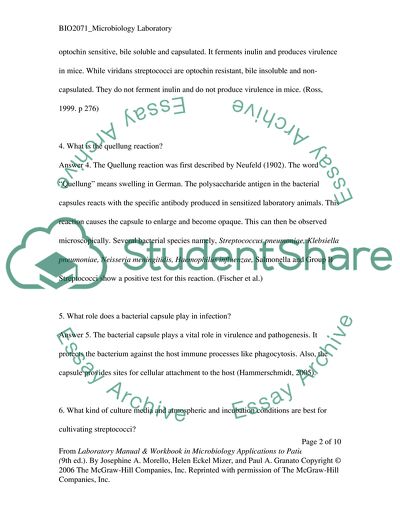Microbiology Laboratory Questions Essay Example | Topics and Well Written Essays - 500 words. Retrieved from https://studentshare.org/biology/1604544-microbiology-laboratory-questions
Microbiology Laboratory Questions Essay Example | Topics and Well Written Essays - 500 Words. https://studentshare.org/biology/1604544-microbiology-laboratory-questions.


